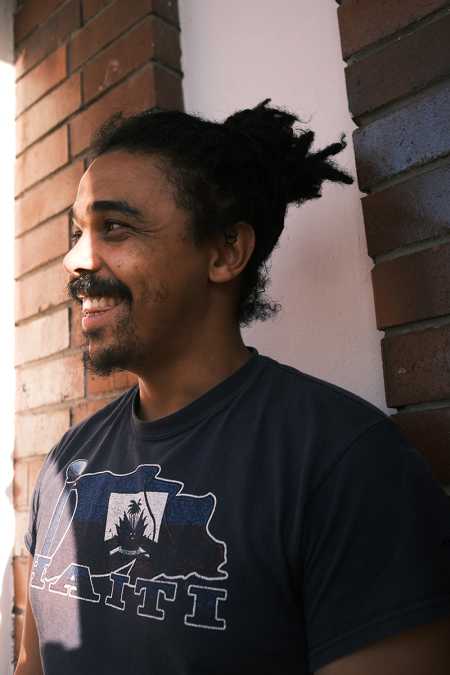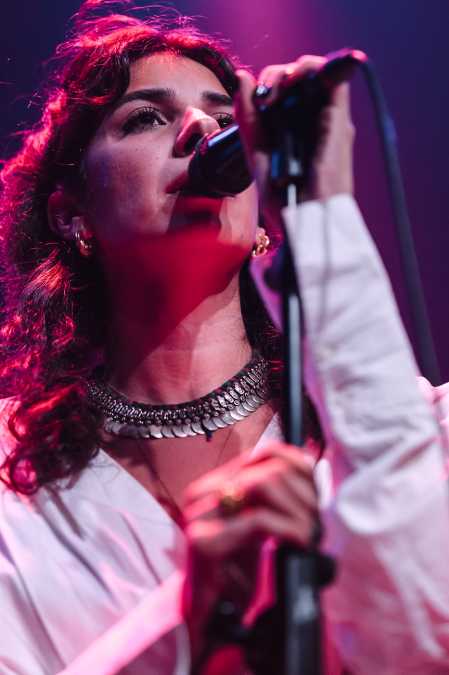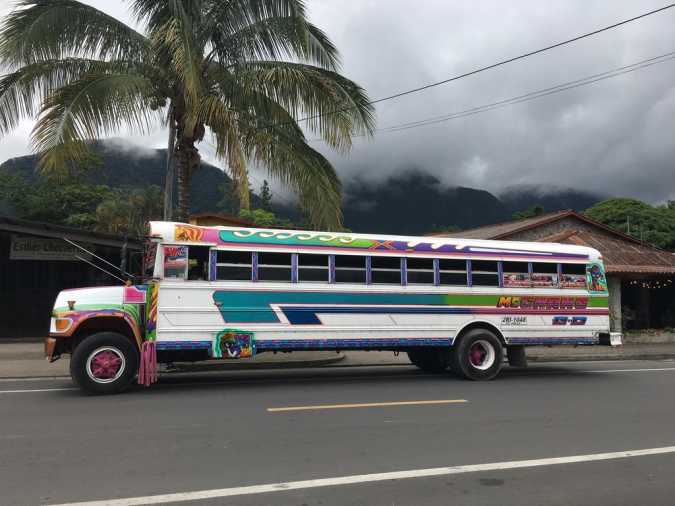An authentic showman, Índio da Cuíca radiates vitality and reveals to the world his expressive performance, original music and the charisma of a genuine Rio de Janeiro malandro. With a career spanning over 50 years, the singer and multi-instrumentalist gives his all with exceptional dance moves while duetting with his cuíca - a Brazilian percussion known for its distinctive high-pitched cry. Together with his live ensemble led by Gabriel de Aquino, Índio da Cuíca brings his grand samba celebration to Utrecht for Le Guess Who? 2025.
Here, writer, DJ and Brazilian music aficionado Greg Caz tells Índio da Cuíca's background story and talks to the artist about finding his instrument of choice, his new album Malandro 5 Estrelas and the long and glorious lineage of classic suburban Rio samba that he's part of.
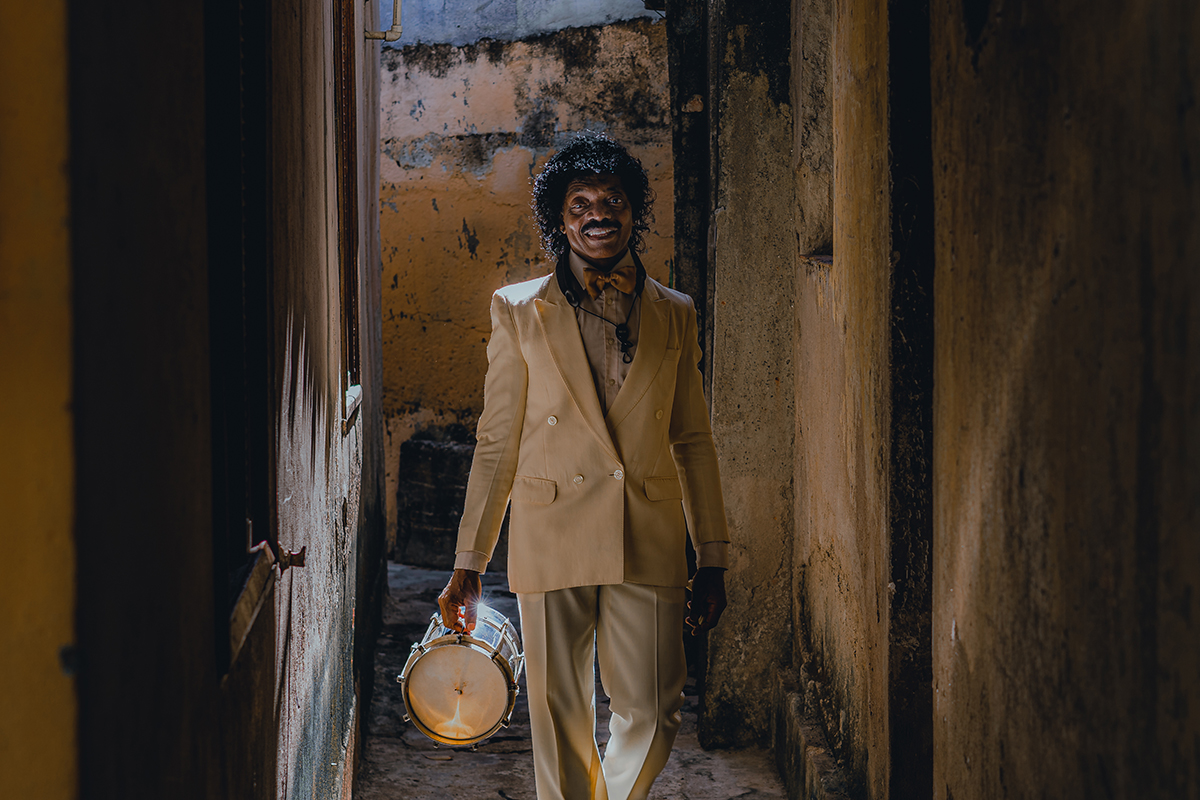
The cuíca is a very unique and quirky instrument, one that probably could have only come from its native land, Brazil. Just attempting to describe it to those unfamiliar with it can often lead to smiles and even giggles, seeing as how it involves a wooden stick, a "nipple," and rubbing a wet tissue up and down the stick, thereby making it wail and squeal. Mainstream pop listeners might be most familiar with it from Airto Moreira's performance on Paul Simon's Me And Julio Down By The Schoolyard. Simon is said to have asked Airto for a sound resembling a human voice and upon hearing the cuíca he exclaimed, "that's it!!" The cuíca is among the most traditional of samba instruments and many are the percussionists who, throughout its history, have mastered it to the point where their services are in great demand. Such individuals often end up with the surname "da Cuíca" ("of the cuíca"). One such master is the great Neném da Cuíca, familiar from many Jorge Ben LPs and tours well into this millennium. Another, of course, would be his friend and former bandmate in the early 70s samba outfit Brasil Ritmo, Francisco Tavares Machado, better known as Índio da Cuíca.
Ironically, when Índio was a member of Brasil Ritmo alongside Neném, he was actually playing another traditional samba percussion instrument, the reco-reco, instead of the cuíca. But the cuíca was where Índio's heart truly resided, and following the breakup of Brasil Ritmo after one classic album on the Som Livre label, he adopted it as his main means of communication to the world. Over the course of the next few decades Índio and his trusty cuíca developed a name for themselves in the carioca and larger Brazilian entertainment business.
A YouTube video where he pays tribute to the music of Antonio Carlos Jobim offers a vivid demonstration of this:
Such rare skills meant that Índio (a nickname gained from his hairstyle and features) was never lacking for professional opportunities, particularly in the Rio de Janeiro nightlife. He frequently accompanied venerated old-school Brazilian crooner Ivon Curi at the several nightclubs owned by the latter and at performances around the country, and could also be found accompanying stars such as Roberto Carlos, Alcione and Jair Rodrigues. These performances led to world tours with dance troupes led by the likes of Joãozinho Trinta and Haroldo Costa, including performances at distinguished venues such as Paris' Olympia. Índio's effortless "malandro" charm and personality, not to mention his rare ability on his chosen instrument, gained him new fans everywhere he appeared. “I like traveling to a lot of places but the ones I enjoyed the most during these tours were Switzerland, Italy, France and Germany.” His global wanderings also included a year-long stay in the US in 2004. “I went there for work and they liked it so much that I ended up staying a whole year. I met lots of amazing fellow Brazilians there and had a great time.”
“I started writing my own songs in 1983,” says Índio. “My biggest influence was my brother, the samba school composer Jorge Machado. I had been wanting to record my songs for quite some time when I met the producer Paulinho Bicolor and showed them to him.” The songs, and the idea of making an album out of them, stayed in his mind we started developing the ideas and planning to go into the studio to work on it but it still took another ten years before we could fully sort out the logistics of making an Índio Da Cuíca album and actually go and do it.
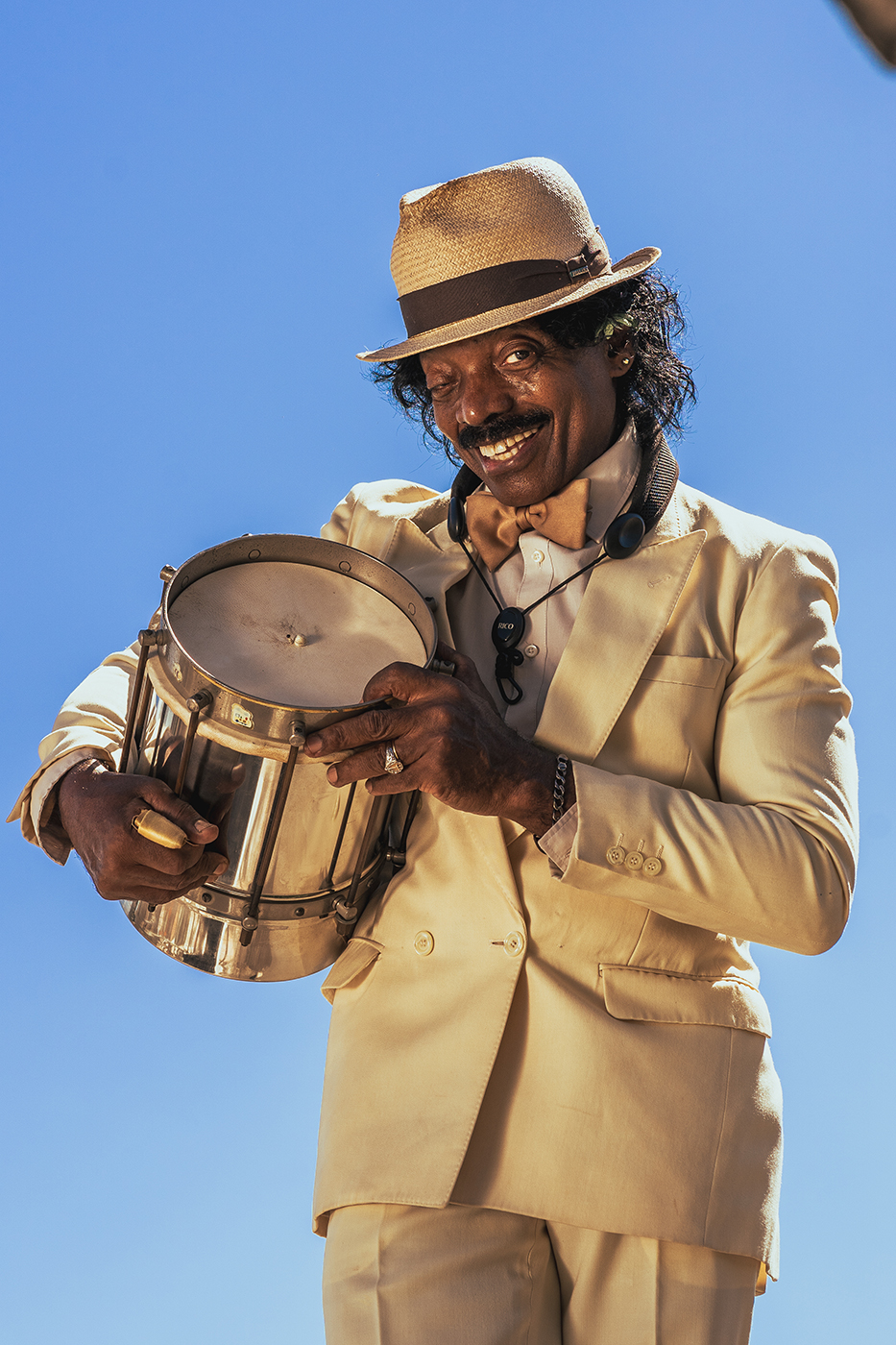
“Paulinho introduced me to Bernardo and Mariana,” Índio continues. “From there I met Renato, Luan and Lucas of the QTV label. We ended up recording the album practically live in three days in 2020 using the arrangements that Gabriel de Aquino had worked out. Then mixing and editing it took another year until the album finally came out on my 70th birthday, May 5th 2021.”
Featuring top musicians such as the in-demand bassist Guto Wirtti, Malandro 5 Estrelas proves to be worth the wait. Índio's songs are part of the long and glorious lineage of classic suburban "zona norte" (North Zone) Rio samba, the same lineage that has given the world countless legends such as Cartola, Elton Medeiros, Zeca Pagodinho, Martinho da Vila, Paulinho da Viola, Nelson Sargento, Arlindo Cruz and so many others. There is a distinctive quality to the samba that grows from the soil of that region of Rio and Malandro 5 Estrelas demonstrates how it runs through Índio's veins.
“We’re working on another album now,” says Índio. “Hopefully it should come out next year. It’s got more of my own songs as well as songs I’ve collaborated on with writers like Rômulo Fróes, Manu da Cuíca, Juçara Marçal, João Martins and Raul DiCaprio. I’m sure you’re gonna like it and that it should do really well.”
This debut European appearance as a leader and focal point is sure to be talked about among Brazilian music enthusiasts for a long time to come.
Índio da Cuíca performs live at Le Guess Who? 2025 on Saturday, 8 November.
Words by Greg Caz
Photography by Alfredo Alves
